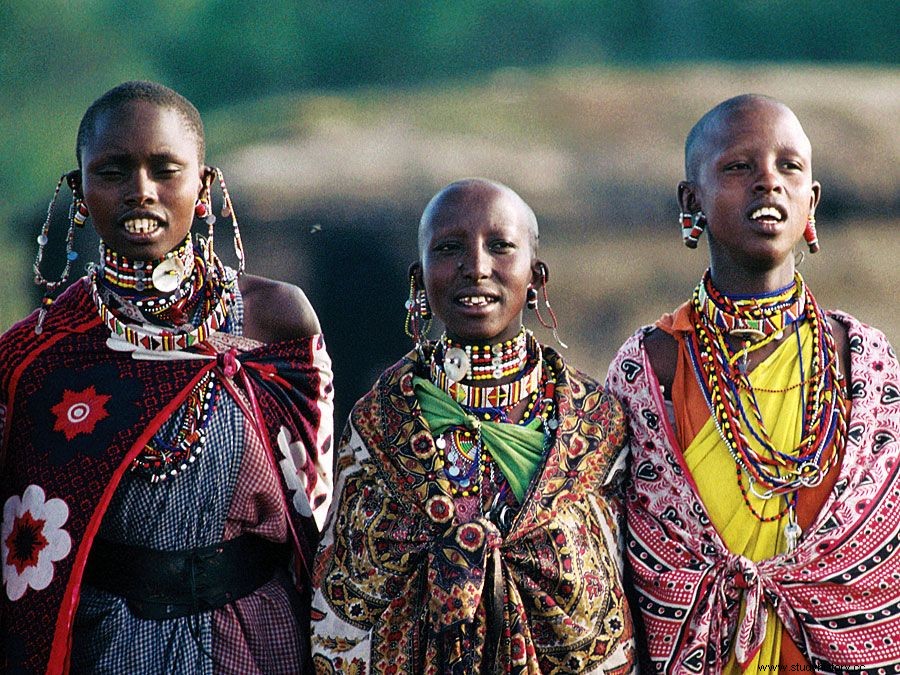Uraha Hill , a northern paleoanthropological site Malawi, known for the discovery of an ancient human (genus) jawbone Homo ) 2.4 million years ago (mya). It resembles specimens between 1.9 and 1.8 mya from Koobi Fora , Kenya. The Uraha Hill specimen is one of the oldest occurrences of the genus Homo and fills the geographic gap between east and locations South Africa .
 Britannica Quiz Exploring Africa:Fact or Fiction? Though this continent is teeming with natural resources and diverse wildlife, how much do you really know about Africa? Sort these facts from Cairo to Khartoum in this African odyssey.
Britannica Quiz Exploring Africa:Fact or Fiction? Though this continent is teeming with natural resources and diverse wildlife, how much do you really know about Africa? Sort these facts from Cairo to Khartoum in this African odyssey. Attributed as part of the Fossil Collection H. rudolfensis , the jawbone of Uraha Mound, is at the center of an intense debate about the origins of the human species. It is the earliest member attributed to H. rudolfensis , but exact dates are difficult to pinpoint. Some experts prefer all as H. rudolfensis labeled instances into a morphological diverse Species of large-brained, small-molar-toothed hominins (members of the human lineage) named include H. habilis .
No stone tools are known from the stratigraphic layer containing this specimen. Animal fossils found at the site show a pattern of habitat change between about 4 and 1.5 Mya. Particularly noticeable is a shift from about 2.8 mya as the climate became drier and cooler. This drying trend increased by about 2.5 mya as the grasslands grew.
